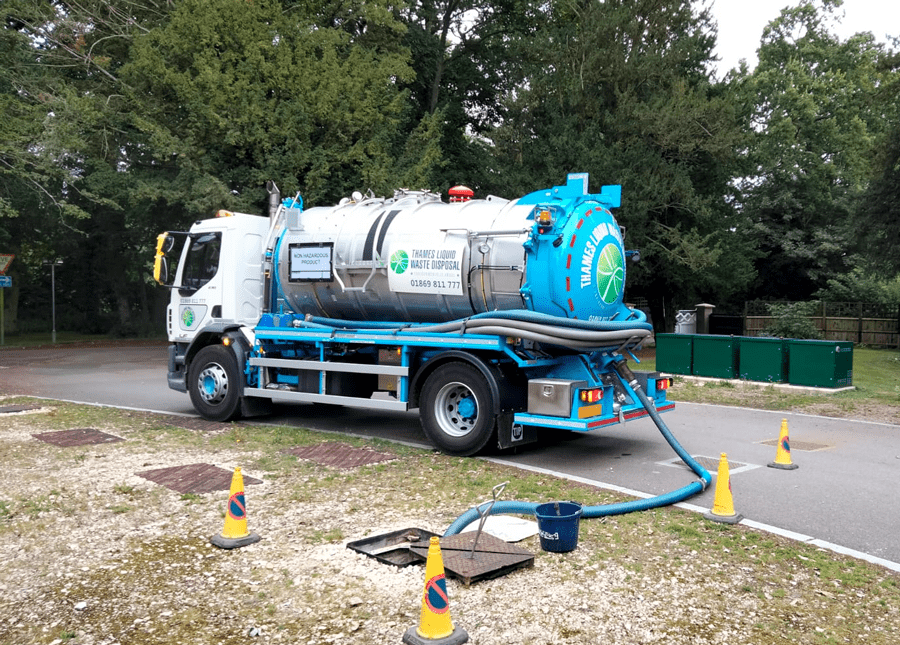The Buzz on Reclaim Waste
The Buzz on Reclaim Waste
Blog Article
The Buzz on Reclaim Waste
Table of Contents3 Easy Facts About Reclaim Waste DescribedThings about Reclaim WasteThe Best Strategy To Use For Reclaim WasteEverything about Reclaim WasteGetting The Reclaim Waste To Work
Explore the kinds, incidents, and forms of fluid waste. Residential sewage waste refers to the waste and products from a property septic tank. This sort of waste is produced by humans in residences, institutions, and other structures. This only includes septic systems that have a drainpipe area. The proper management and disposal of residential sewer waste call for fluid waste to be transferred to a sewage treatment plant where the proper methods and equipment are related to detoxify and deal with waste.
Industrial waste commonly consists of potential risks, such as combustible products or a combination of fluid and strong waste items, and needs an advanced and comprehensive disposal procedure. The disposal of business waste typically includes the purification of waste before transport to ensure secure and appropriate disposal. Hazardous waste is created from byproducts and drainage of industrial procedures and manufacturing.
This kind of waste can not utilize the exact same sewage management transport or procedures as septic or business fluids. The hazardous waste management procedure needs the assessment and testing of fluid waste before it undergoes the disposal procedure (liquid waste removal melbourne). Runoff waste is the liquid waste that comes from overflow and excess stormwater in highly inhabited areas or cities
Runoff waste can cause contamination and flooding if not managed properly. Guaranteeing correct waste administration can prevent disasters and reduce environmental damage.
7 Simple Techniques For Reclaim Waste
Call PROS Providers today to find out about our waste monitoring and disposal solutions and the correct methods to look after the liquid waste you create.
(http://www.place123.net/place/reclaim-waste-laverton-north-vic-australia)Do you know what occurs to your water when you pull the plug, flush the toilet or drain pipes the washing device? No? Well, it's worth understanding. This so-called 'wastewater' is not just an essential source however, after treatment, will be launched to our land, rivers or the ocean. Utilized water from bathrooms, showers, bathrooms, kitchen area sinks, washings and industrial procedures is referred to as wastewater.

water used to cool machinery or tidy plant and tools). Stormwater, a form of wastewater, is runoff that moves from agricultural and city locations such as roofings, parks, yards, roadways, courses and rain gutters right into stormwater drains pipes, after rain. Stormwater flows neglected directly to local creeks or rivers, ultimately reaching the sea.
Reclaim Waste Fundamentals Explained
In Queensland, many wastewater is treated at sewage treatment plants. Wastewater is moved from domestic or commercial websites via a system of sewage systems and pump terminals, known as sewage reticulation, to a sewer treatment plant.
The Division of Natural Resources advises regional federal governments regarding managing, operating and maintaining sewerage systems and therapy plants. In unsewered locations, regional federal governments might need homeowners to set up private or home sewer therapy systems to treat residential wastewater from commodes, cooking areas, shower rooms and laundries. The Department of Natural Resources authorises making use of home systems when they are confirmed to be efficient.
The majority of stormwater gets no therapy. In some new subdivisions, therapy of some stormwater to eliminate clutter, sand and gravel has started using gross toxin catches. Wastewater therapy takes place in four phases: Gets rid of solid issue. Bigger solids, such as plastics and various other items wrongly discharged to drains, are gotten rid of when wastewater is gone through screens.
Makes use of tiny living organisms knows as micro-organisms to break down and eliminate continuing to be liquified wastes and fine bits. Micro-organisms and wastes are included in the sludge.
The Greatest Guide To Reclaim Waste
Nutrient elimination is not offered at all sewage treatment plants since it calls for expensive specialist equipment. It is coming to be more typical in Queensland. Clear liquid effluent produced after treatment may still include disease-causing micro-organisms. If this effluent is launched right into rivers such as rivers or the sea, the micro-organisms will at some point pass away out.

This usually indicates wastewater needs to be treated or contaminants gotten rid of prior to it can be discharged to waterways. Most wastewater streams right into the sewerage system. Under the Act, city governments provide approvals and licences for environmentally relevant tasks (ERAs) including news wastewater launches that may have a local impact. The division carries out authorizations and licences to Periods entailing wastewater launches that might have a regional or statewide influence.
10 Simple Techniques For Reclaim Waste
Or else, samples are considered laboratory analysis. Frequently lots of tests are required to establish the levels of each of the different contaminants such as oils, hefty metals and chemicals in water. Tracking offers factual info regarding water quality and can validate that licence conditions are being fulfilled. The details gotten through surveillance supplies the basis for making water top quality choices.
Report this page